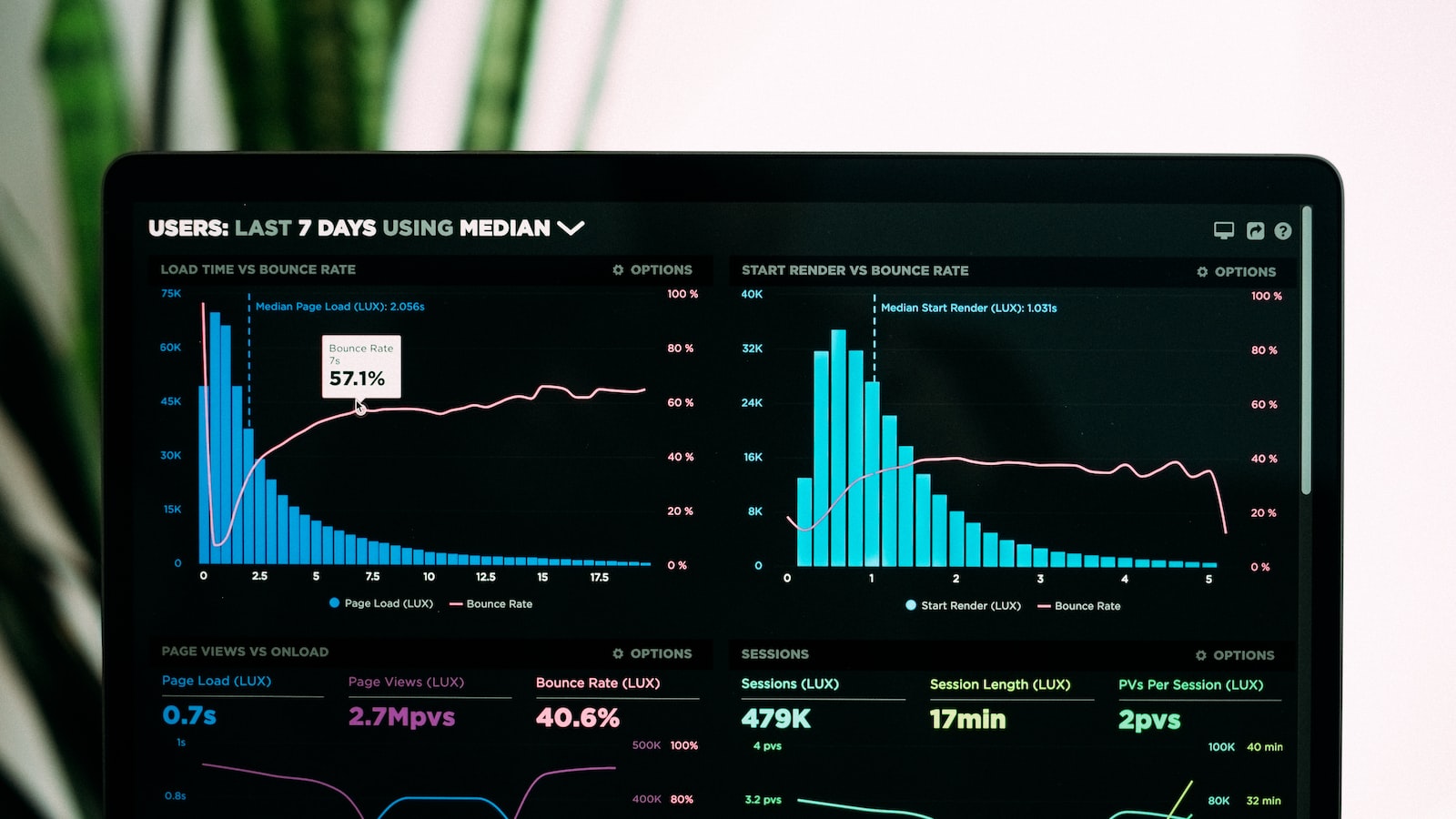
Educational Apps: Exploring the Features and Benefits
The world of education has changed drastically over the past few years. With the increase in technological advances, educational apps have become an important tool for improving learning outcomes for students of all ages. Educational apps provide a platform for students to access courses, track their progress, and engage in interactive content—all while staying within their own learning pace. Here, we will discuss the features, benefits, and costs of designing a quality educational app.
1. Features:
- Intuitive Interface: A quality educational app should have an intuitive user interface that allows students to seamlessly access their courses and track their progress.
- Personalized Learning: A great feature of educational apps is the ability to provide personalized content that fits the needs of each individual student.
- Self-Paced Learning: Educational apps should also allow students to learn at their own pace and easily track their progress.
- Accessibility: It is important that the app is accessible on a variety of devices and platforms in order to reach a larger audience.
- Gamification: To further engage and motivate students, an educational app can incorporate game-like elements such as competitive leaderboards.
- Interactive Content:We should also aim to provide engaging content that can be adapted to each student’s learning style.
- Automation: Automated feedback and other automated features can help simplify the process for both students and teachers alike.
2. Benefits:
The benefits of educational apps are both numerous and varied. Firstly, educational apps increase student engagement in the material. This can lead to a higher rate of student retention, thereby improving learning outcomes. Moreover, educational apps can reduce the amount of time and money spent on traditional educational materials, thus providing cost savings to both schools and students.
3. Costs:
While the advantages of educational apps are plentiful, there are costs associated with designing the app as well. Firstly, designing an educational app can be expensive due to the need to create layouts, designs, and user interactions. Secondly, developing an educational app requires software developers and other specialized skills, which can be costly. Additionally, depending on the scope of the educational app, one may need to purchase a hosting plan to keep it running. Finally, ongoing maintenance for the educational app may require regular updates and bug fixes, which can all add up.
In conclusion, educational apps can provide numerous advantages to students of all ages. From increasing engagement to reducing costs, educational apps can help improve learning outcomes. However, it is important to weigh the costs of designing and maintaining the app in order to ensure the best possible outcome.






